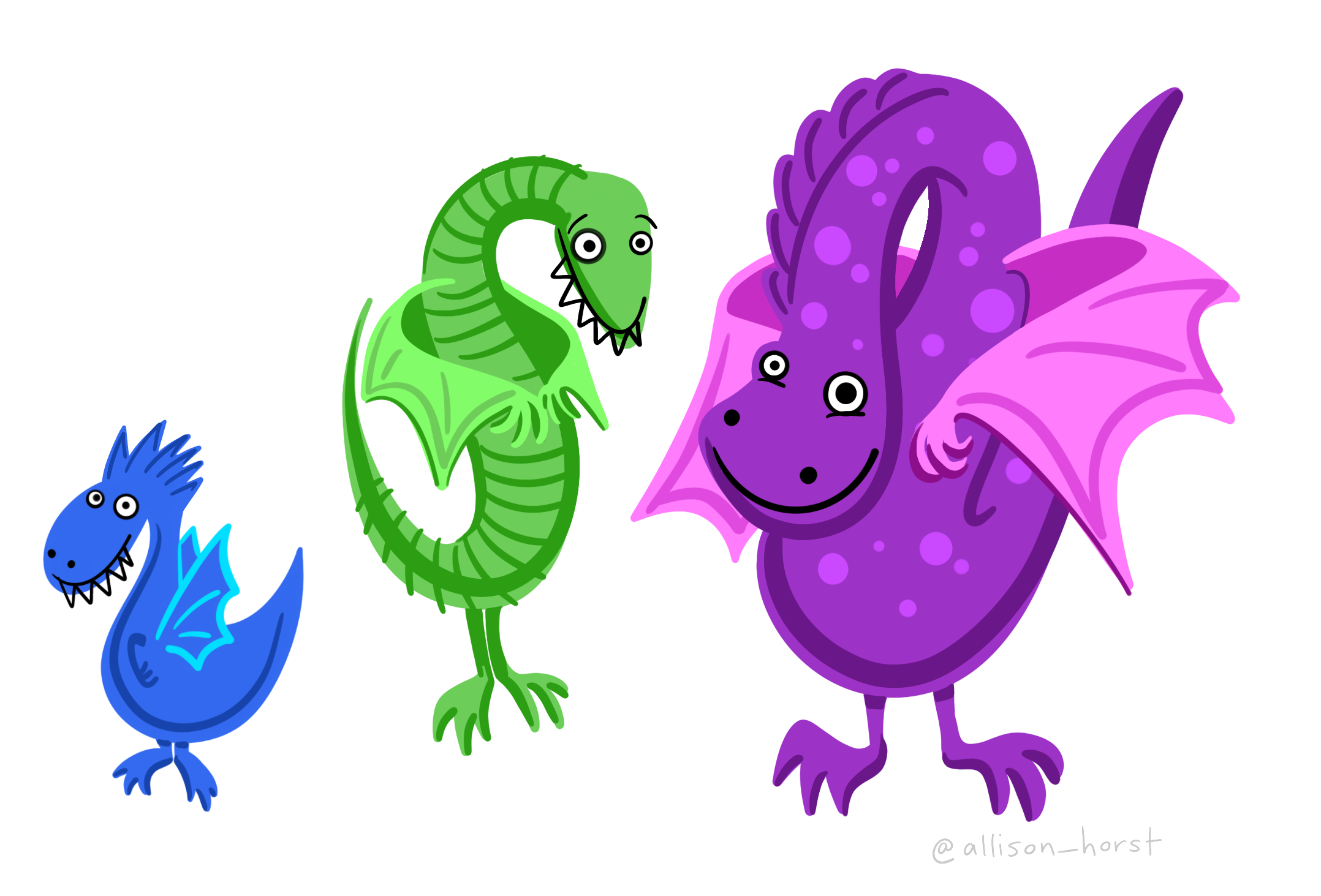
Introduction
“All models are wrong, but some are useful.”
— George E. P. Box
After reading this chapter you will be able to:
- Understand the concept of a model.
- Describe two ways in which regression coefficients are derived.
- Estimate and visualize a regression model using
R. - Interpret regression coefficients and statistics in the context of real-world problems.
- Use a regression model to make predictions.
Why fit statistical (regression) models?

You have some data : the variables are called predictors, and is called a response. You’re interested in the relationship that governs them.
So you posit that , where represents some unknown parameters. This is called regression model for given . Goal is to estimate parameters. Why?
- To assess model validity, predictor importance (inference)
- To predict future ’s from future ’s (prediction)